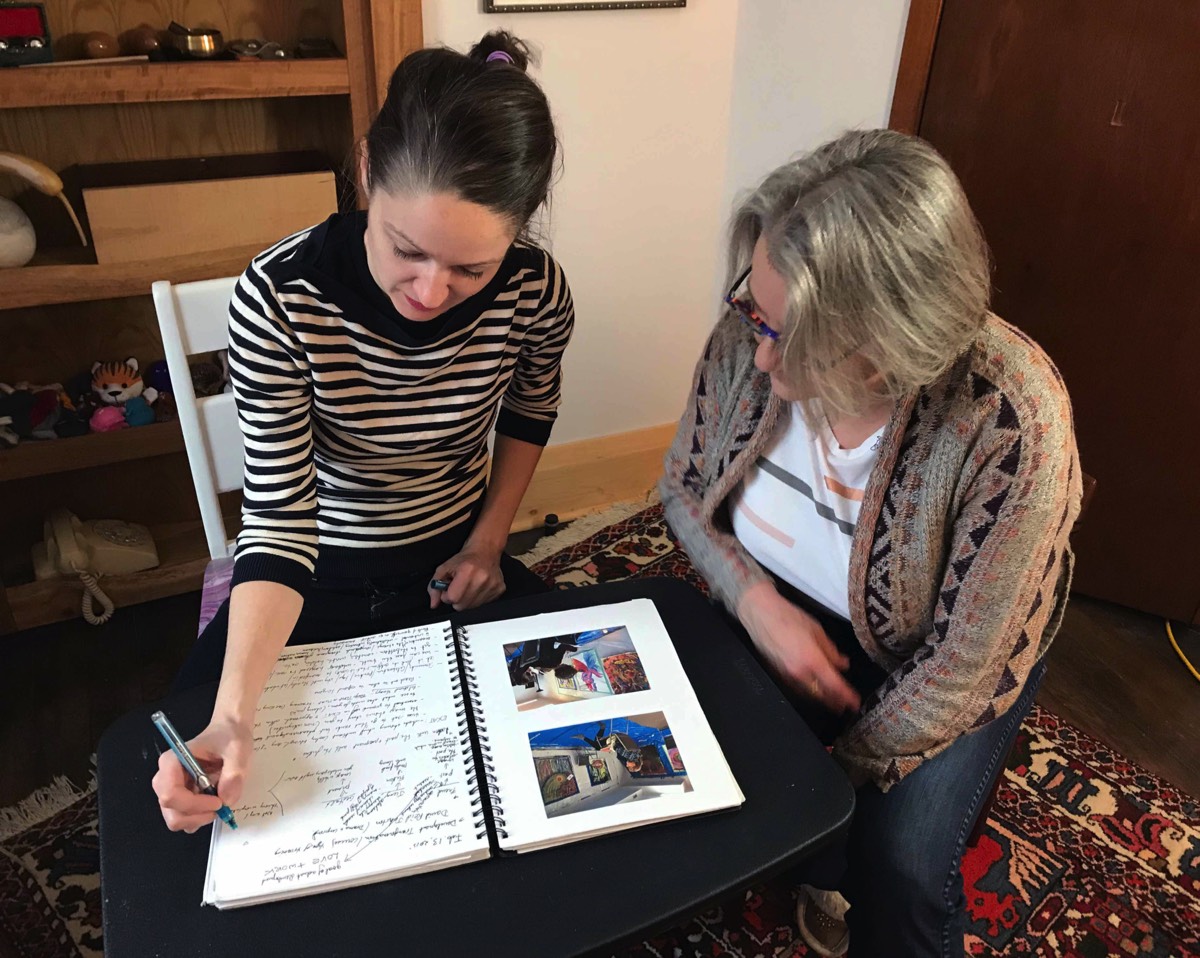
Expressive Arts Therapy - A Treatment Alternative
Expressive Arts Therapy, though decidedly not the norm in terms of therapeutic practices, is finding a toehold in formal, traditional hospital settings and clinical environments. More and more medical professionals are beginning to incorporate the arts as part of a holistic treatment plan for their patients because they see the benefits and know that treating the heart and soul of a person improves their wellbeing and overall mental health.
We as a community must speak about the advantages of this form of treatment and educate those around us. It has been my experience with encounters and meetings with medical professionals that they are open to new ideas and treatments for difficult patients. They are finding that traditional approaches to therapy don’t always have the all the right answers and see the merits of expressive art therapy as a continuum of their own practice or as a valuable asset in their network of like-minded individuals. It is always valuable to have resources to fulfill the varied needs of clients. Conversely not all medical professionals give credence to this area of study and that is an obstacle to overcome over time. It would be helpful for them to see the distinction between arts-based therapies and arts & crafts classes. On that note, it is wonderful that professional institutions like jails housing incarcerated men, in which I volunteered, see the merits and the benefits of expressive arts therapy and encourage this kind of treatment. The work these men produced and the insight they gleaned were profound and offered new hope for changed lives.
I believe that as a therapist I am part of this bigger picture – offering treatment choices and alternatives. Working in this capacity and providing measurable results makes a difference in people lives and offers support in a balanced approach to medical care.
I see my purpose as an expressive arts therapist as one that responsibly guides the client through expressive modalities to see new perspectives, live hopefully, to gain clarity and to see beauty in our suffering. I guide them in seeing the relationship between art making and real-life issues and allow resources to emerge out of seemingly difficult situations. It is important to note that challenges within art making arise much like in real life and that given the option, clients can make choices for their art work and for their life. They need to be supported in their choices and supported in their journey of self-discovery. Clients get to know themselves more deeply and learn to see for themselves what strengths they possess. They participate in their own therapy by restoring their ability to make sense of their lives. Incorporating talk therapy alongside the art making encourages clients to speak plainly about their issues by filling in their story and helping them see the connections to life experiences and how they feel, think and cope. I always look for opportunities to weave artistic expression into sessions to offer an alternative approach to traditional therapeutic models.
As a therapist, I feel privileged to witness and marvel at the results of engaging in a therapeutic dialogue with art materials and clients. Seeing clients engage in ways they haven’t before or in a long time – with renewed enthusiasm and interest in their lives is most gratifying.
Above all I want to be the therapist that help clients find their way on their own terms. To hold hope when the client feels none, give voice to suffering through the arts and help them find their truth along the way. I will journey with the clients through their experiences of self-discovery, empathetically interacting and conversing with the art work we have co-created and find delicious surprises along the way. I wish to be empathetic, intuitive and responsive to better help my clients find what they need, to feel supported and above all heard.
The expressive arts therapy model of mental health treatment is part of the equation and part of the bigger picture. Spread the word.
If you would like to learn more about how you can benefit from Expressive Arts Therapy, please request a consultation and we can have a chat.



